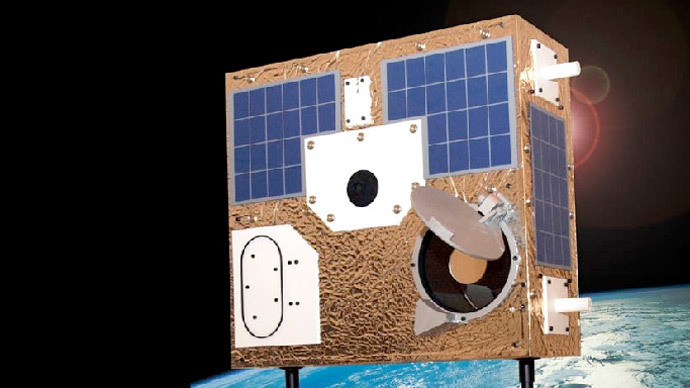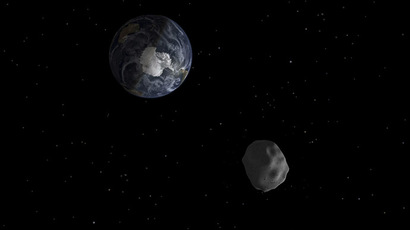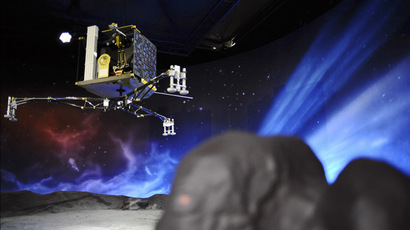MOST illuminating: Canadian ‘pay-per-view’ microsatellite verifies existence of exoplanet

A briefcase-sized Canadian microsatellite has made a major contribution to mapping a promising waterworld. First spotted by NASA’s Kepler, the decade-old MOST telescope abandoned by Canada’s space agency has verified the discovery of another super-Earth.

MOST is an acronym for Microvariability and Oscillations of Stars, Canada’s only space telescope launched by Canada’s space agency in June 2003. It is still operable and provides a “pay-per-view” service for astronomers who need to verify initial data obtained by the telescope’s “big brothers.”
Measuring a modest 65 x 65 x 30 centimeters, the MOST microsatellite weighs in at a dainty 53 kilograms. Despite harsh conditions, those kilograms of electronics are still functioning well into their 12th year in orbit.
“Maybe the real story is that a tiny Canadian space telescope, given up by the federal government as no longer worth $300,000 per year, can stand beside a $700 million NASA satellite in terms of producing frontier science,” astronomer Jaymie Matthews, chief scientist for MOST at the University of British Columbia, said in an interview by email with the National Post.
From April 2015, the Canadian space agency will discontinue funding of the MOST project, and for the last few months the vehicle has been operating as a rent-a-telescope.
Designed and constructed by scientists at the University of British Columbia, the MOST telescope has shared with Kepler the discovery of a HIP 116454 b world in another solar system.
The newly spotted planet is 2 1/2 times the size of Earth and is believed to be mostly water or ice. It was first spotted by NASA’s giant Kepler Space Telescope orbiting Earth.
Harvard University astronomers noticed that one star changed brightness, which supposed that a planet orbiting that star might have passed between the star and viewers on Earth, a movement called a transit by astronomers. However, the Harvard scientists still needed further proof, and that’s where MOST came in.
“One transit does not make a planet,” Matthews said.
Because Kepler, which at over one ton is about 20 times heavier and larger than MOST, was out of service due to a mechanical failure, verification of the discovery was delegated to MOST.

“The Harvard team asked me if MOST could look for additional transits. Kepler could not go back to this particular star, and MOST is the only game in town to do this, able to point at many parts of the sky inaccessible to Kepler,” Matthews wrote.
MOST canceled other observations and focused on the desired star. Further observations confirmed additional transits and verified a period of the planet orbiting its star.
MOST’s Matthews believes that if HIP 116454 b is icy, it looks like our Solar system’s Neptune. Still, the newly discovered planet’s orbit is very close to its star, so it could also be a “waterworld.” But its closeness to the star also excludes this planet from being a “Habitable Zone.”
“If this planet turns out to be a ‘Waterworld’ and if our follow-up of the star discovers another planet in the system in the Habitable Zone, then this will be the start of something very big,” Matthews said.
Despite discontinuation of the contract with the Canadian Space Agency, the MOST space telescope will continue operating thanks to pay-per-view financial sources.
“A team of Yale astronomers realized that MOST was the only game in town for them, too,” Matthews said. “They needed MOST to observe two stars for two months, and were willing to pay for the data. That brought in $50,000, and there are a couple of customers lined up for 2015,” said Matthews, stressing that the MOST project is always looking for donations.














